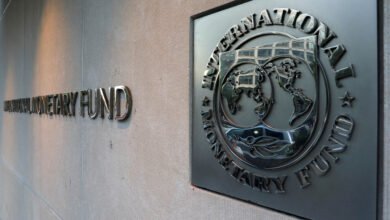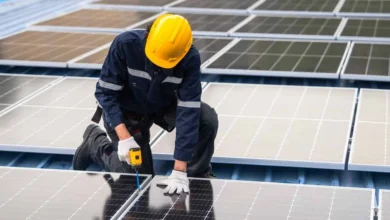
Kenya’s agriculture sector experienced a 7.0% growth due to favorable weather conditions supported by an increase in both production and government support initiatives.
This marks a notable improvement compared to previous years, driving optimism for continued economic resilience.
The country’s maize production surged by 38.8% to 47.6 million bags in 2023.
KNBS attributed this rise to favorable weather, expanded crop areas as farmers anticipated higher prices, and enhanced government interventions, including a fertilizer subsidy program.
“The increase in maize production was a result of favorable weather conditions, expansion in area under crop due to farmers anticipating high prices for their produce, and enhanced government interventions such as the fertilizer subsidy program,” latest data from the Kenya National Bureau of Statistics (KNBS) stated.
Guaranteed Minimum Returns Principles
Other factors contributing to this growth included the government’s promise to purchase maize from farmers under guaranteed minimum returns principles, improved weather, and increased access to subsidized fertilizer.
However, the coffee sector faced challenges, with production declining by 6.2% from 51.9 thousand tonnes to 48.7 thousand tonnes. This decrease was due to harsh weather conditions that promoted the spread of Coffee Berry Disease.
Also Read: AfDB Receives $9.5 Million Grant From US For Smart Agriculture in Africa
Wheat production also dropped by 16.1%, from 368.7 thousand tonnes in 2022 to 309.5 thousand tonnes in 2023, as many farmers shifted to maize cultivation. This reduction in domestic wheat production led to a 21.5% increase in wheat imports, reaching 2,037.0 thousand tonnes in 2023.
Sugarcane production contracted sharply by 36.4%, falling from 8.8 million tonnes in 2022 to 5.6 million tonnes in 2023, primarily due to the closure of several sugar mills resulting from a shortage of mature cane for processing.
Consequently, marketed milk production rose by 6.9%, from 754.3 million litres in 2022 to 806.6 million litres in 2023, thanks to improved pastures and fodder. Exports of fresh horticultural products also saw growth, expanding by 9.9% from 391.5 thousand tonnes in 2022 to 430.2 thousand tonnes in 2023.
Kenya’s economy is projected to remain resilient in 2024, supported by a robust services sector and strong agricultural performance bolstered by anticipated adequate rainfall and declining global commodity prices, which are expected to lower production costs.
In 2023, agriculture remained the dominant sector, accounting for 21.8% of Kenya’s total GDP. Service activities contributed 61.3% of GDP, while industry-related activities comprised 16.9%.





